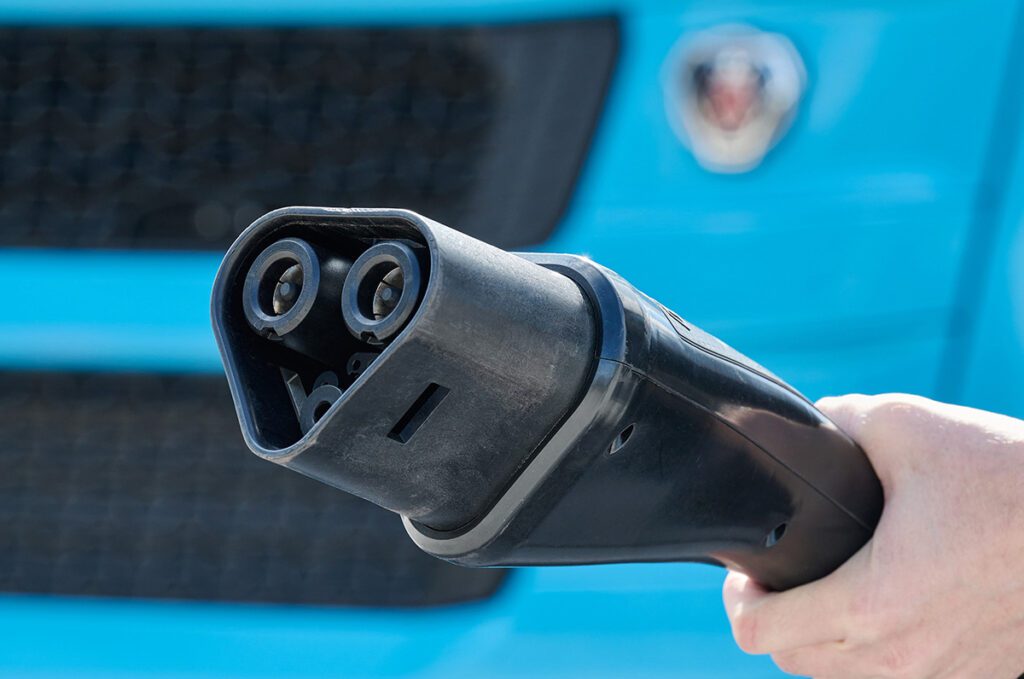Various countries and US states have set target dates for ending the sale of new ICE vehicles. California has developed what is perhaps the world’s most comprehensive plan. The state’s Advanced Clean Cars II legislation requires that all passenger vehicles and light trucks sold in the state be ZEVs by 2035, with interim sales targets along the way. The Advanced Clean Trucks (ACT) regulation has similar but less stringent sales targets for heavy-duty vehicles, and the Innovative Clean Transit (ICT) regulation requires public transit fleets to go green by 2040.
However, even if such goals are met, large numbers of old, polluting vehicles will remain on the roads. A new study finds that ending sales of new fossil-burners won’t be sufficient for California to reach its goal of achieving net zero greenhouse gas emissions by 2045. “Pathways to zero emissions in California’s heavy-duty transportation sector,” written by researchers from Stanford and Arizona State Universities and published in Environmental Research: Infrastructure and Sustainability, finds that the state must also remove older, less efficient vehicles from the roads in order to meet emissions targets.
The researchers used data from CARB’s Emissions and Fleet Database to model the effects of two proposed policies to reduce emissions from heavy-duty vehicles: requiring the sale of only ZEVs by a set date; and the early retirement of current ICE vehicles. They found that combining the two approaches could reduce cumulative emissions by around 64%.
“While ZEV sales mandates are effective, it is clear from our analysis that they will not be sufficient for reaching zero emissions on the desired timescales,” said Eleanor Hennessy, lead author of the study. “Accelerated retirement programs will be critical for California to reach emissions targets by 2045.”
While the study is focused on California, the authors explain that its insights are applicable globally. “Numerous states such as New York, Washington and Louisiana have similar carbon neutrality goals, as do countries such as those in the European Union. The research findings are relevant to any government aiming to decarbonize [its] vehicle fleet.”
Various governments have instituted scrappage programs to try to usher the oldest, smokiest vehicles off the stage. However, these often focus more on supporting automakers and dealerships than on reducing emissions. For example, the federal government’s infamous 2009 Car Allowance Rebate System, colloquially known as “Cash for Clunkers,” spent $3-billion to incentivize car buyers to trade in polluting gas vehicles for slightly less polluting gas vehicles—a 2013 study found that its impact on emissions was minimal.
California’s Clean Cars 4 All program provides incentives to help lower-income consumers to replace their old polluting vehicles with EVs or PHEVs. The state’s Carl Moyer On-Road Voucher Incentive Program is aimed at small commercial fleets (10 vehicles or fewer), which may have difficulty complying with the pending electrification requirements.
Source: IOPscience










































































































